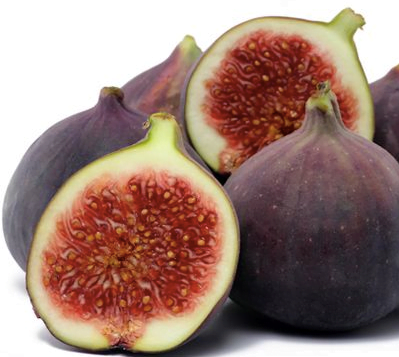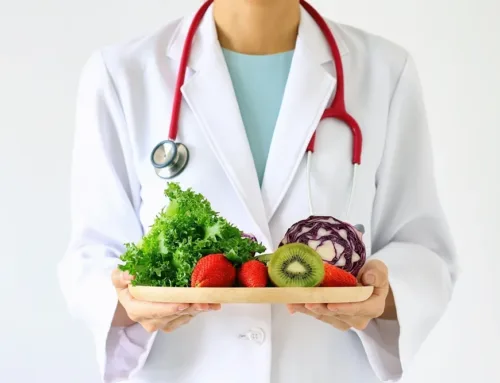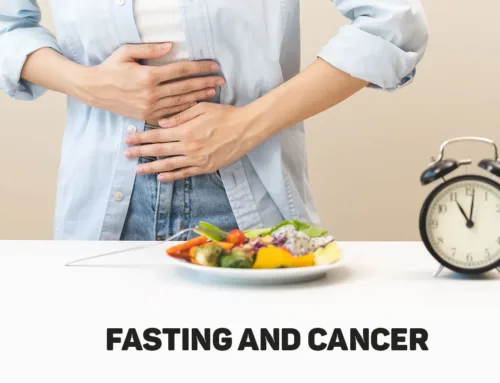It is often said that fructose has less of a negative impact on the body than glucose. This confusion probably arises because fructose is the most common sugar in fruit. In this post we will see what is the different Fructose versus Sucrose
The other issue is that fructose, unlike glucose, does not trigger an insulin increase as it is not required for its metabolism, so some argue it is less likely to cause harm. Unfortunately, this is not true, even after 4 weeks of a high fructose diet, signs of insulin resistance appear [Silbernagel] and several studies have linked a high fructose diets (>50g/day) with hypertension, obesity, the metabolic syndrome [Johnson 2007, Livesey], raised uric acid and type 2 diabetes [Johnson 2009].
Sugar in fruit
As described above, high levels of fructose can do harm, but no study as shown that eating a lot of fruit is harmful – in fact, quite the opposite, people who eat a lot of fruit are usually very healthy. There are several reasons for this disparity.
Compared to adding processed table sugar or high fructose corn syrup, the levels of sugar in whole fruit is still relatively small, even with those with the highest concentrations, such as grapes, mango and pomegranate. At these concentrations, it would be near impossible to get to dangerous levels of fructose by eating whole fruit. The fibre and pulp makes fruit satiating, deterring the individual from eating other foods because they feel full. The pulp and fibre also make it harder to digest slowing down gastric emptying and thus reducing the glycaemic index (GI).
Whole fruit is also rich in vitamins, minerals and healthy phytochemicals, all of which help the body in many ways, including fighting cancer. That said, there are a number of ways humans have managed to make fruit potentially unhealthy:
Dried fruit: The process of drying and processing the fruit removes water and damages some of the nutrients but more importantly significantly concentrates the fructose content. Some manufacturers also add more sugar and sulphites for taste and preservation. The table below show the five-to-six fold increase in sugar by this process (e.g. fresh figs-7% versus dried figs-55%). Despite this high in sugar content, they still have their fibre and pulp so their GI is still lower than an equivalent processed food with sugar added.
Fruit juices: Many of the fruit juices on the market aren’t even “real” fruit juices. They consist of water, mixed with some sort of concentrate and extra sugar liberally added. Even 100% real fruit juice still has a high concentration of fructose because so many more fruits are used. A 300ml orange juice, by containing 4–5 oranges, can have the same sugar content as a fizzy cola drink. There is also little chewing resistance to slow down consumption, making it very easy to consume a large amount of sugar in a short period of time. This lack of pulp significantly speeds up gastric emptying and GI. There is certainly some truth in the commonly used Californian expression ‘Eat your fruit – Juice your vegetables’.
Smoothies: Those where the whole fruit has been put in the blender are better as they maintain the pulp and fibre. They still have a high fructose content especially if sugary fruits such as grapes, pears, apples and mangos are used. To overcome this, the smoothie aficionados often add fruits, such as avocado; vegetables, such as kale; and spices, such as ginger; which lower the sugar content and ramps up the polyphenols.
Sources references:
Johnson RJ, et al. Potential role of sugar (fructose) in the epidemic of diabetes, kidney disease, and cardiovascular disease. Am J Clin Nutr. 2007;86:899-906.
Johnson RJ, et al. Hypothesis: could excessive fructose intake and uric acid cause type 2 diabetes? Endocr Rev 2009;30:96-116.
Livesey G and Taylor R. Fructose consumption and consequences for glycation, plasma triacylglycerol, and body weight: meta-analyses and meta-regression models of intervention studies; but reports on isocaloric comparisons. Am J Clin Nutr2008;88:1419-37.
Silbernagel G, et al. Effects of 4-week very-high-fructose/glucose diets on insulin sensitivity, visceral fat and intrahepatic lipids: an exploratory trial. Br J Nutr. 2011;106:79-86.






Leave A Comment